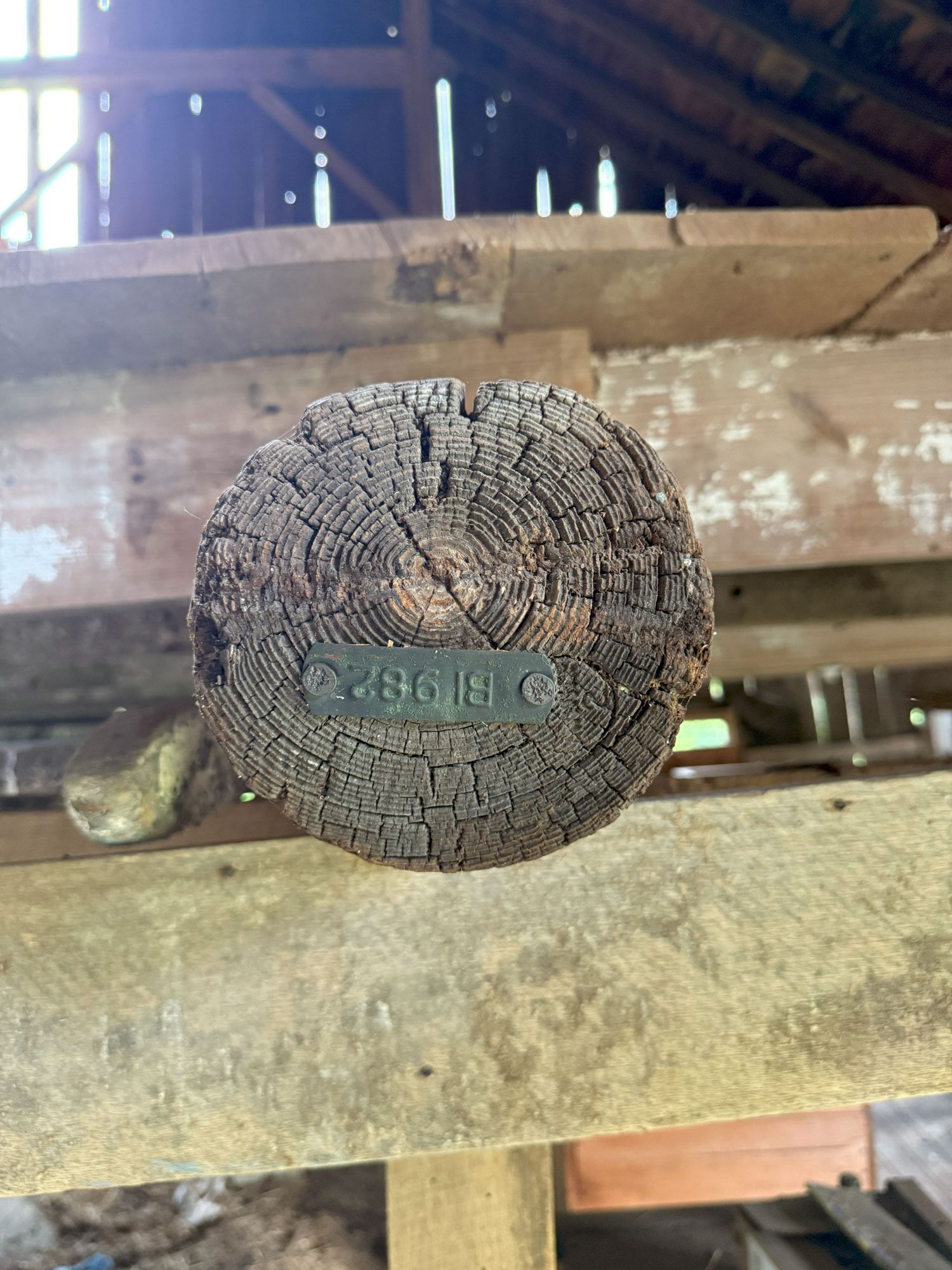Sapwood: What It Is and How It Can Impact Your Projects
Sapwood: Understanding Its Role in Woodworking

When working with wood, understanding the difference between heartwood and sapwood is essential for making the right choices for your projects. While heartwood often gets the spotlight for its strength and rich tones, sapwood plays a unique role that can impact the look, durability, and performance of your woodworking.
In this guide, we’ll explore what sapwood is, how it differs from heartwood, and when to use (or avoid) it in your projects, to help you make the most of your materials.
What Is Sapwood?
Sapwood is the outer layer of a tree trunk that’s alive and working hard. It’s like the tree’s plumbing system, moving water and nutrients from the roots to the leaves. Because it’s still “active” in a living tree, sapwood is usually lighter in color than the inner heartwood and has its own unique traits.
The amount of sapwood you’ll find depends on the type of tree. For example, maple and ash trees have wide bands of sapwood, while walnut and cherry trees have much narrower sapwood zones. This means the type of wood you’re working with will determine how much sapwood you’ll encounter.
Sapwood vs Heartwood: Quick Comparison
Here’s a quick comparison of sapwood and heartwood:
- Color: Sapwood is almost always lighter than heartwood. In some woods, like walnut, the contrast between the two can be very noticeable.
- Density: Sapwood is often less dense than heartwood, which can make it easier to work with, but sometimes less strong. That said, this isn’t always true—some species have sapwood that’s just as dense or even denser.
- Moisture: Fresh sapwood holds more moisture than heartwood, which can affect how it dries and shrinks.
- Durability: Sapwood is less resistant to decay and insects because it contains more nutrients that pests love.
Myths About Sapwood
Let’s clear up a few common misconceptions about sapwood:
- “Sapwood Is Weak”: While it’s less durable against decay, sapwood can be just as strong as heartwood for many structural uses.
- “Avoid Sapwood at All Costs”: Some woodworkers steer clear of sapwood, but it can actually add character and beauty to certain projects.
- “Sapwood Doesn’t Stain Well”: It’s true that sapwood absorbs stain differently, but with the right prep work, you can get great results.
Advantages of Sapwood
Sapwood isn’t always a problem; in fact, it can be a real asset in the right project. Here’s when it shines:
- Adding Contrast: The light color of sapwood next to darker heartwood can create striking visual effects in furniture and cabinetry.
- Rustic Vibes: If you’re going for a natural or rustic look, sapwood can add authenticity and charm.
- Preferred in Some Woods: In species like maple or ash, sapwood is often the go-to choice for its light, clean appearance.
- Historical Accuracy: For restoration projects or traditional designs, including sapwood, can make your work more authentic.
When to Avoid
That said, there are times when sapwood isn’t the best choice:
- Outdoor Projects: Sapwood doesn’t hold up well to moisture and pests, so it’s not ideal for exterior use unless treated.
- Damp Environments: In high-moisture areas, sapwood can absorb water and attract insects, leading to problems.
- Uniform Designs: If you need a consistent color throughout your project, the contrast between sapwood and heartwood might not work.
- Critical Structures: For load-bearing or high-stress parts, the lower durability of sapwood could be an issue.
Tips for Working with Sapwood
If you decide to use sapwood, here’s how to make it work for you:
- Prep Carefully: Sand sapwood thoroughly, as it may behave differently than heartwood during sanding.
- Condition Before Staining: Use a wood conditioner to help sapwood absorb stain more evenly.
- Choose the Right Finish: Pick a finish that either blends the sapwood and heartwood or highlights their contrast, depending on your design.
- Control Moisture: Store and handle sapwood properly to avoid issues with swelling or shrinking.
Sapwood in Different Woods
Here’s how sapwood behaves in some popular species:
- Oak: Oak sapwood is lighter and less durable, but adds a rustic touch to projects.
- Maple: Maple sapwood is often preferred for its light, even color.
- Walnut: The contrast between walnut’s dark heartwood and light sapwood can be dramatic, great for some designs, but not all.
- Cherry: Cherry sapwood starts out light but darkens over time, blending more with the heartwood.
Making Smart Choices with Sapwood
When deciding whether to use sapwood, think about:
- Your Project’s Needs: Does your design call for uniform color, or can it benefit from natural variation?
- The Environment: Will the piece be exposed to moisture or pests?
- Your Budget: Boards with sapwood are often more affordable, which can be a plus.
- Your Vision: Does the contrast between sapwood and heartwood enhance or distract from your design?
Final Thoughts
Sapwood doesn’t have to be a dealbreaker. By understanding its strengths and limitations, you can use it to your advantage. Whether you’re building furniture, restoring historic pieces, or crafting something unique, sapwood can add character and value when used thoughtfully.
The best woodworkers know that every part of the tree has its purpose. By embracing sapwood where it fits, you can create projects that are not only beautiful but also make the most of the materials at hand. So next time you see a board with sapwood, don’t dismiss it, consider how it might bring your project to life.









